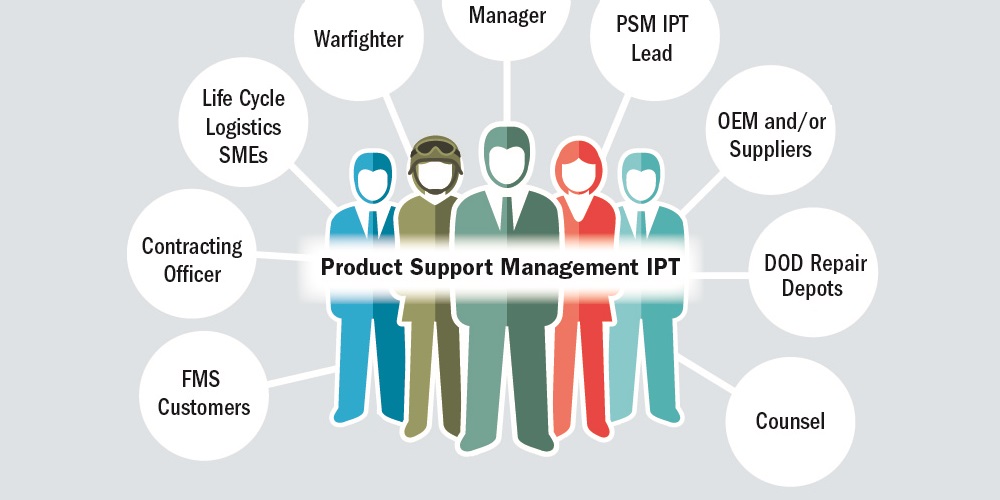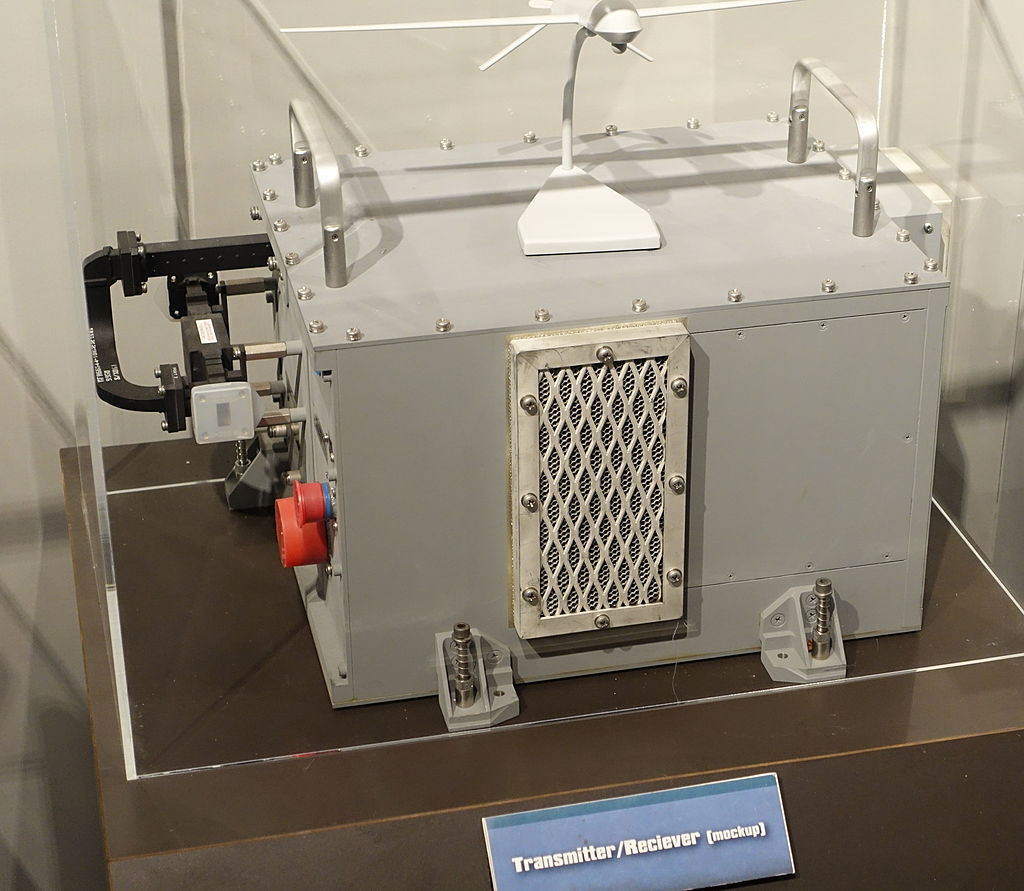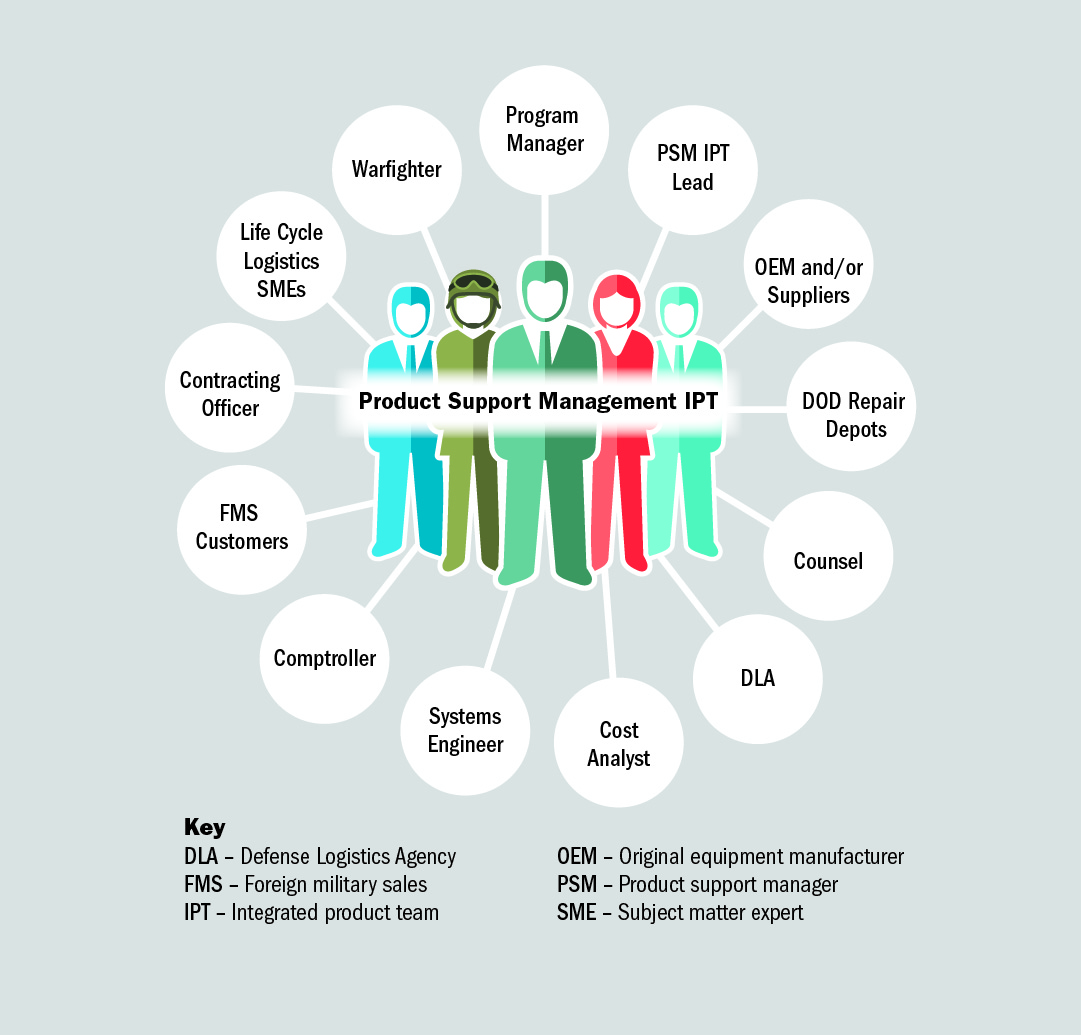
By Mr. Robert E. Coultas and Ms. Susan L. Follett
The seeds of the now-ubiquitous integrated product team took root some 20 years ago, producing a major shift in mindset and program management.
Everything has to start somewhere, and that includes the processes that underpin acquisition today. The integrated product teams (IPTs) now so prevalent in program offices were a novel idea back in 1996, when Army AL&T’s predecessor publication featured a success story from the U.S. Army Communications-Electronics Command (CECOM) about its use of a process called Pacer to speed fielding of vital communications equipment.
CECOM’s approach was a response to Secretary of Defense William J. Perry’s call for implementing the concepts of integrated product and process development “throughout the acquisition process to the maximum extent practicable.” As part of his far-reaching push for acquisition reform, Perry stated in a May 10, 1995, memo, “I want all those involved in the acquisition process to employ these concepts for all acquisitions when it makes sense. The Department’s oversight staffs shall fundamentally shift their roles from sequentially checking on a program beginning six months prior to a milestone decision point to participating early to facilitate program success through continuous teamwork and assistance throughout the acquisition process.”
Looking back, the IPT “is one of, if not the most, innovative approaches adopted in acquisition in my career,” said Dr. Owen Gadeken, a professor at Defense Acquisition University with 40 years of experience in the field. “The fact that we’re still using it is proof of the concept.”
Before IPTs, the contracting process was sequential—first it went to the budget guys, then to engineering, and so on—and time-consuming, Gadeken said. “With an IPT, we put people in a room, shut the door and say, ‘Look: we’re not going to leave until everyone is working toward a common goal.’ ”
Initially, the IPT concept represented a big cultural shift, eliminating functional stovepipes and changing the focus of the oversight function—HQDA, for example—from one of critique to one of approval. Perry’s nearly three-year tenure as defense secretary, from February 1994 to January 1997, was an important factor in the successful adoption of the concept. While other initiatives often die off when the people behind them move to another role, the IPT concept benefited from Perry’s continuity in office. “The people he picked to be the next acquisition leaders, including Gil Decker, were fully on board, too,” Gadeken noted. Gilbert F. Decker was the Army acquisition executive during Perry’s leadership of DOD.

EARLY SUCCESS
One of the first systems for which CECOM used its Pacer approach was the Tactical Endurance Synthetic Aperture Radar (TESAR), an advanced concept technology demonstration by Northrop Grumman Corp. This is a 1996 mock-up. (Photo courtesy of National Electronics Museum)
SPEEDING THE PROCESS
CECOM used what it called “the Pacer approach” to complete rapid procurement and fielding for three systems, starting with the Super High Frequency Tri-Band Tactical Satellite Terminal, primarily a systems integration effort, and the Tactical Endurance Synthetic Aperture Radar (TESAR), an advanced concept technology demonstration. It also used the approach successfully for Applique, a computer-based research and development acquisition. A contract for six Tri-Band systems was awarded in just 72 days—a dramatic difference from the typical 270 days. For TESAR, it took just 60 days to award a contract, and the team cut processing time by 60 percent after eliminating documents and reviews that added no value to the acquisition.
The CECOM teams operated under a “no business as usual” policy: The IPT questioned all actions and requests, which had to be justified and defended before approval. IPT members worked simultaneously in collaboration—not serially, each within a separate function—to develop the absolute minimum for essential requirements, eliminating those with no added value, and incorporated industry as a partner early in the process. Additionally, the program managers for each effort worked to keep their teams together through all phases of the acquisition, ensuring continuity and easing transitions from one phase to the next.
CECOM cited several keys to its success with these acquisitions: teamwork, participation and what was then prosaically referred to as “electronic commerce”—an electronic bulletin board that facilitated real-time communication. (Imagine the possibilities.)
MAKING AN IPT EFFECTIVE
These days, everyone and his brother is part of an IPT, for good reason: They work pretty well. “There isn’t a single program that doesn’t have one in place,” said Gadeken, who put the number of defense acquisition IPTs in the thousands. While initially envisioned for use with system acquisitions, the IPT concept also has proven effective for service contracts, which weren’t as prevalent when Perry issued his directive as they are today. The Army’s recent decision to expand its rapid acquisition cells into the Army Rapid Capabilities Office is further evidence that IPTs are effective, especially in getting equipment to the field quickly and cheaply, Gadeken noted.
Effective IPTs share two characteristics, he said: cooperation and empowerment. Team members have to be able to make decisions to help the team move forward and then back-brief others who aren’t on the team. “What you don’t want are people who are just note takers for senior management.” Also detrimental, said Gadeken, “are team members interested in protecting their turf—that just leads to a lot of counterproductive squabbling.”
Implementation of IPTs prompted changes in the way program managers operate—less command and control and more coalescence, said Gadeken. “There’s no more ‘follow me up that hill.’ Instead, it’s, ‘Let’s see if we can get our interests out on the table and get rid of any hidden agendas. And when we sign off on our goal, I want everyone to support it.’ It sounds easy, but it’s hard to get right. And it requires teams of people willing to subvert their individual functional goals and make compromises.”

MAKING THE TEAM
An IPT, used in complex development programs and projects, comprises representatives from appropriate functional disciplines working together to build successful programs; identify and resolve issues; and make sound and timely recommendations to facilitate decision-making. The emphasis of the IPT is on involving all stakeholders—users, customers, management, developers, contractors and others—in a collaborative forum. (Graphic courtesy of Defense Acquisition University)
He noted that there’s little difference between the Pacer approach that CECOM rolled out 20 years ago and the IPTs in place today. The process isn’t perfect, though. “One of the regrets is that we haven’t been able to take some of those streamlining effects and broaden them out to our larger, higher-dollar-value programs,” Gadeken noted.
Also, Perry’s concept for IPTs assumed that teams were staffed with capable people across all functional areas. “In some places, we’re short,” Gadeken said. Limited billets and the difficulty of competing with private industry, as well as downsizing efforts and hiring freezes, have led to personnel shortages in systems engineering and systems safety, among other areas.
Continued success of the IPT approach hinges in part on developing the next generation of decision-makers. Recruitment, training and development are necessary to ensure that “we have capable people with good functional expertise sitting in the chairs around the table,” Gadeken said.
Another factor in future success is leadership. “The IPT leader can make or break the effectiveness of the IPT,” Gadeken said. Since most of the IPT members come from organizations other than the leader’s, he explained, “the effective IPT leader will usually have a collaborative style, rather than a directive one, [and] knows how to engage the different team members to bring out their best contributions. Effective IPT leaders are great team builders and great coaches.”
To read the Army RD&A article “Pacer Acquisitions: DOD Vision Becomes a Reality at CECOM,” go to https://asc.army.mil/docs/pubs/alt/archives/1996/Jan-Feb_1996.PDF. For a historical tour of Army AL&T over the past 56 years, go to the Army AL&T archives at https://asc.army.mil/web/magazine/alt-magazine-archive/.
This article was originally published in the January – March 2017 issue of Army AL&T Magazine.
Subscribe to Army AL&T News, the premier online news source for the Acquisition, Logistics, and Technology (AL&T) Workforce.
RELATED LINKS:
DoD Guide to Integrated Product and Process Development (Version 1.0), Feb. 5, 1996
Secretary of Defense William J. Perry’s Feb. 9, 1994, “Acquisition Reform: A Mandate for Change”
CECOM history “The Salomon Years: 11 February 1994 – 31 March 1996”







